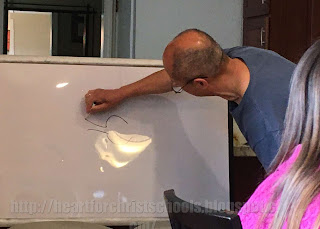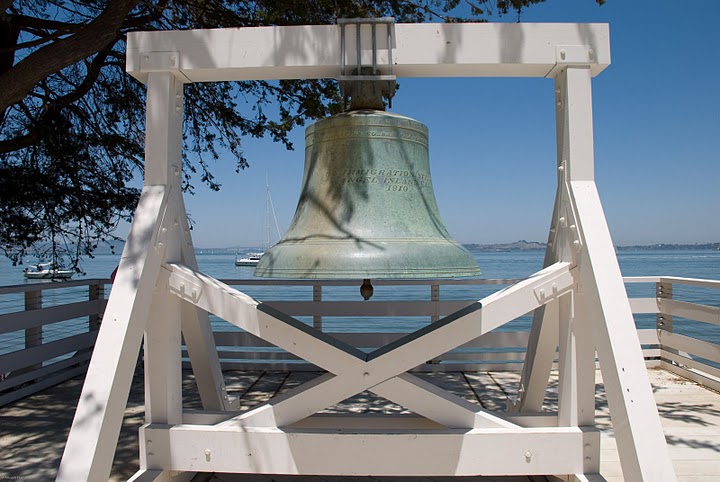We have a new HEART tradition - asking HEART members to share about church-led camps or Vacation Bible Schools this summer. As before, they responded readily!
Northern Peninsula (Millbrae to San Francisco)
| Church | City | Dates | Ages | Cost | Notes |
|---|---|---|---|---|---|
| Hamilton Square Baptist Church - The Great Jungle Journey | San Francisco | July 22nd - July 26th (9am to 12:30pm) |
K5 to 8th grade | Free |
Registration |
| New Covenant OPC - Olympion | South San Francisco | July 15th - July 19th (9am to 12pm) |
2 to 12 years | Free |
Registration Form |
| Reality Church | San Francisco | June 25th - July 27th (9am to 12pm) |
2 to 12 years | $20/child Financial assistance available |
Registration Form |
Central Peninsula (Belmont to Burlingame)
| Church | City | Dates | Ages | Cost | Notes |
|---|---|---|---|---|---|
| Calvary Church - Dive Deep |
Belmont | July 15th to July 19th (8:30am - 12pm) | 4 to 11 years old | Free | https://calvarysanmateo.org/vbs |
| Central Peninsula Church - Koinonia Camp |
San Mateo (camp is in Santa Cruz Mountains) | July 9th to July 12th | Rising 6th to 12th grade | $500 (scholarships available) | https://cpc.org/2024/03/06/2024-middle-school-and-high-school-summer-camp/ |
| Central Peninsula Church - Summer XP |
San Mateo | July 22nd to July 26th (9am-12:45pm) | K to 5th grade | $125 | https://cpc.org/2024/02/29/2024-summer-xp/ Volunteer opportunities available. |
| Fellowship Bible Church - There is S'more to this Life | Belmont | Multiple weeks available (9am to 3pm): June 17th to June 21st June 24th to June 28th July 1st to July 5th (no camp 7/4) July 8th to July 12th |
Rising 1st to 7th graders | $200/week, discounts for multiple weeks. Weekly field trip. |
Registration Form If you have any questions regarding Day Camp, please contact us at daycamp@fbc-belmont.org. |
| Waypoint Church - Dive into Adventure | San Mateo | July 8th to July 12th (9am-12:00pm/12:30pm) | 4 years to 11 years (rising 6th graders) | $100/child (discounts for multiple registrations) | https://www.waypoint.church/children Several volunteer opportunities available. |
South Peninsula (Palo Alto to San Carlos)
| Church | City | Dates | Ages | Cost | Notes |
|---|---|---|---|---|---|
| Vineyard Church - Breaker Rock Beach | Palo Alto | June 17th to June 20th (1pm-4pm) Optional childcare available | K-5th | $15 | https://www.myvbs.org/pavineyard |

















































